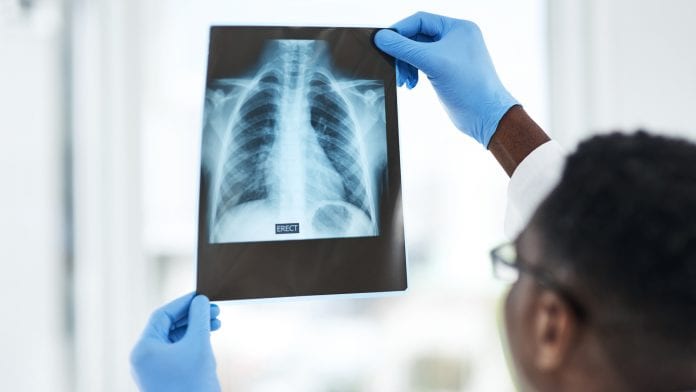
A team of researchers believe they may have uncovered a new method of fighting tuberculosis (TB) – by starving it of a certain sugar.
TB is one of the leading causes of death from a single infectious agent in the world, with up to 1.5 million people dying from the disease each year. There is also an increase in cases that are resistant to current antibiotics. Currently, the nutrients that the pathogen uses to survive in the body are poorly understood, however, researchers from the University of Warwick have now successfully discovered how Mycobacterium tuberculosis, the bacterial pathogen that causes TB. uses an essential sugar called trehalose. This finding provides a platform to design new and improved TB drugs and diagnostic agents.
In the paper, published in the Journal of Biological Chemistry, the researchers have unravelled the molecular basis of how Mtb uses and transports trehalose, a process which is specific to Mtb and does not occur in humans.
Understanding mycobacterium tuberculosis
Mycobacterium tuberculosis (Mtb) is able to survive in the human body for decades by ‘eating’ scarce energy sources for nutrition, whilst at the same time, the human host attempts to limit the food that is available.
One source of energy that Mtb uses is a sugar that is found in its own cell wall called trehalose. Mtb has evolved a unique strategy to recycle and reuse this sugar to ensure that it does not waste any potential energy sources.
The transport protein, which is responsible for the uptake of trehalose, called LpqY, is essential for Mtb to establish infection. If the LpqY protein is deleted and no longer able to function, then Mtb can no longer supply itself with trehalose and becomes less pathogenic.
Dr Elizabeth Fullam, who is a Sir Henry Dale Fellow from the School of Life Sciences at the University of Warwick commented: “It is vital that we find new innovative strategies to combat TB. The LpqY trehalose transporter is a potential drug target because when it is not functioning it results in Mtb becoming less virulent.
“Now that we understand exactly how trehalose is recognised we will be able to design specific molecules that will enable us to kill TB. Alternatively, another possibility is that we can use the LpqY transporter to our advantage and find ways to deliver compounds for TB diagnosis.”
For the study, the team used X-ray crystallography to determine the three-dimensional structure of LpqY and analysed how this important transport protein is able to bind and recognise trehalose. They then used a number of experimental techniques which showed that LpqY is highly specific for trehalose, and is able to recognise sugars that are similar to trehalose with small modifications as well as mapping key recognition features.






















